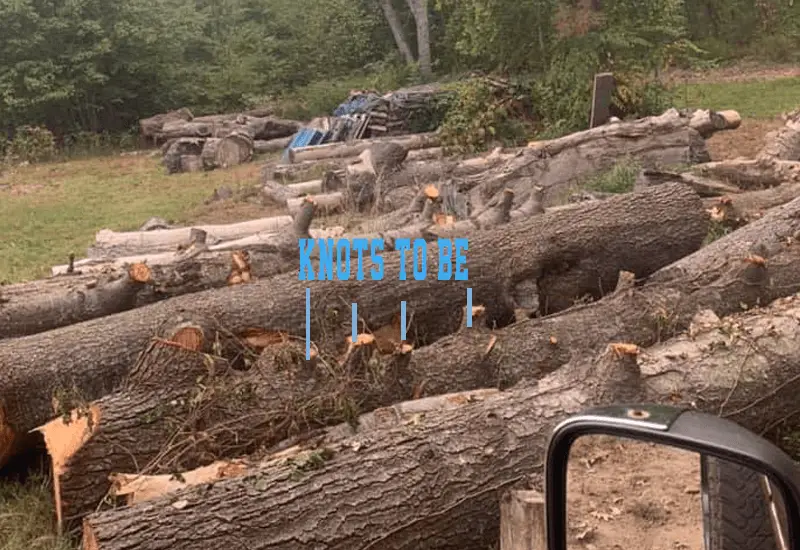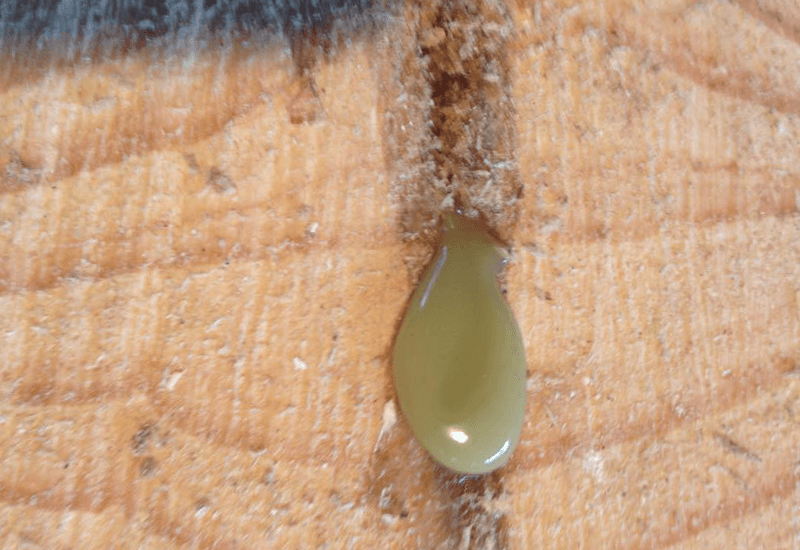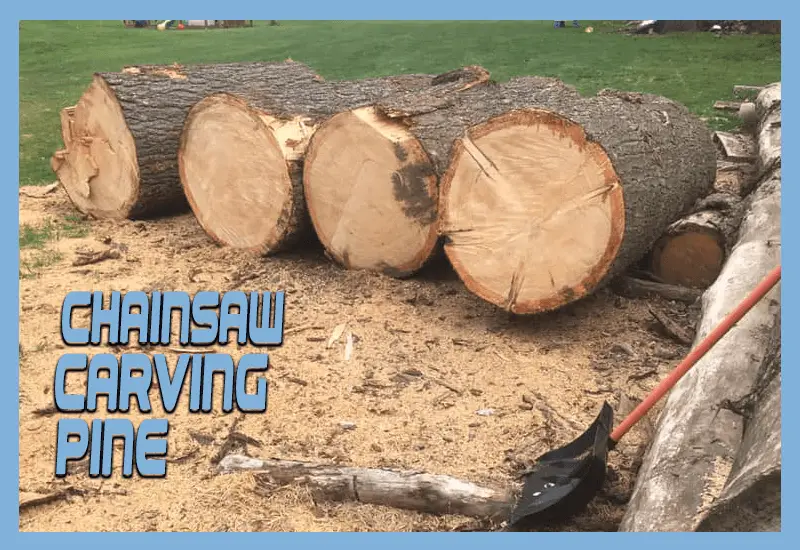Can you chainsaw carve pine? This is a common question most people ask when they discover they have pine at their disposal for the first time. My answer regarding woods for carving is always the same.
Pine is softwood with varying characteristics across species, but most pine is good for chainsaw carving. Detailing with pine is also dependent on species. White pine from the midwest is probably the best pine for chainsaw carving.
In this article, we will share some tips on carving pine.
Related article best woods for chainsaw carving
Can you chainsaw carve pine – the good, the bad, and the ugly
No major Rot problem
Some good perk of pine (especially white pine) is it has rot resistance properties. With this, you don’t have to worry about an outdoor sculpture. However, you will still need 2 to 3 layers of poly for added protection.
Pine also has no major checking problem. Splits are almost predictable. It also takes preservatives remarkably well.
soft to carve fast
Pine is soft and nice to chainsaw carve. This enables fast carving, which is important if you are planning to earn a living from carving. Softwood is a lot nicer to your chain’s cutting edge and the overall longevity of your saw’s engine.
When carving tough woods, the saw, chain, and bar all heat up. Heated metal is more susceptible to damage. That’s why working tough woods requires more saw maintenance.
Read Next
• https://improvewood.com/can-you-chainsaw-carve-pine/
• https://improvewood.com/best-carving-chainsaw-for-beginners/
• https://improvewood.com/is-pinewood-good-for-carving/
• https://improvewood.com/best-woods-for-carving-using-a-dremel/
• https://improvewood.com/how-to-soften-wood-for-carving/
Maneuvering knotty pine
Most pines will have knots, and they tend to be tough to work around. First, they may easily ruin the flow and movement of a piece. They can also come between important continuity details.

But knots can be implemented to add character to a piece. Broken or small branches can also be used to create form and structure like nose or sticking out of the mouth cigarettes.
When working with pine choose a piece that has as few knots as possible. If such an option is unavailable see how the knots can fit in the design with an advantage.
Also, be careful while working knotty areas to avoid ruining the piece.
The sap problem common with pine
Pine has a huge problem with sap pockets (possible solutions). If you don’t hit one carving, then you will be notified of its presence once your carving starts to “sweat”. Sweating is a phenomenon characterized by wood bleeding sap through its pores as temperature rises.

To avoid or contain this problem, good seasoning practices must be adhered to. Leave your logs with barks for about a year. Then strip off the bark and leave for another six months before sawing. During summer store your logs upright to help drain the sap.
Checks and cracks how to work around them
Pine will almost always check. This is more so true of green pine. I am sure you will not sit around for a year waiting for pine to dry. So is there a way of carving green pine and avoiding splits?
Not likely. You may try to seal, but once the heat starts, it will seat saps and shrink and thereafter give in to a big split.
So what can you do? Work around the split by predicting where the split will appear. It’s really easy to predict where a split will appear in a log. Cut a 2″ slice off the top. Set it in the sun to dry. Match the crack to the log.
After knowing where the split will appear you can choose to fit the design so the crack is not an inconvenience to the harmony of the carving.
Carving green pine vs dry pine
Should you wait for your logs to dry to start carving them? Well, it depends if you’re not chainsawing carving full time then you may wait for your wood to season or say you have the means to kiln season your logs I say go for it.
But if you chainsaw carve full-time, then why wait? Softwoods are not for artwork we preserve that for hardwoods. Carve the wood green it carves like butter! Chances are a split will develop 9 out of 10, but it adds character.
See the top-recommended woods for chainsaw carving
Can you chainsaw carve pine – In a nutshell
in a nutshell, can you chainsaw carve pine? Absolutely! chainsaw carvers from the midwest will tell you white pine is king! However, as you carve softwoods like the pines remember softwood is great to chainsaw carve when you have nothing else. Pine might be more prone to cracking (if they were cut at the wrong season) but the usual rule for carving is… carve what you have.
See About Oak and Best Chainsaw for oak trees
